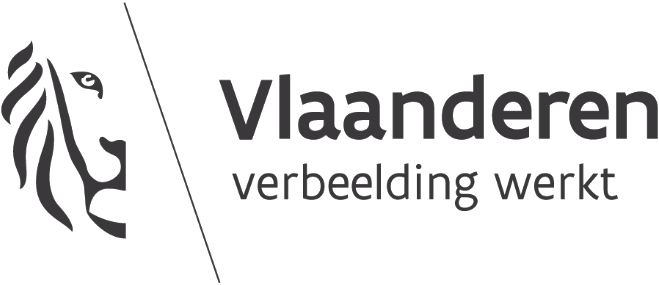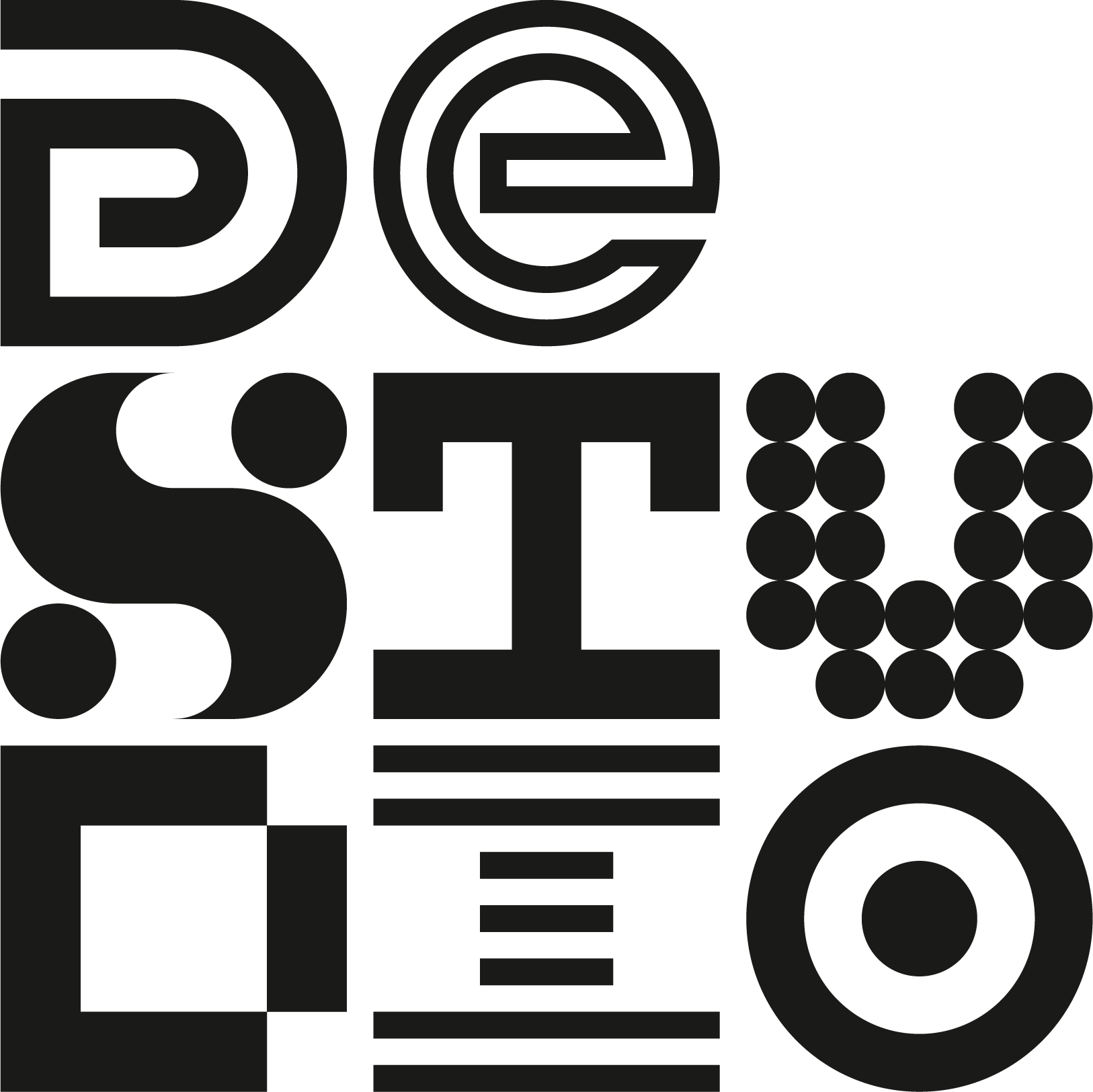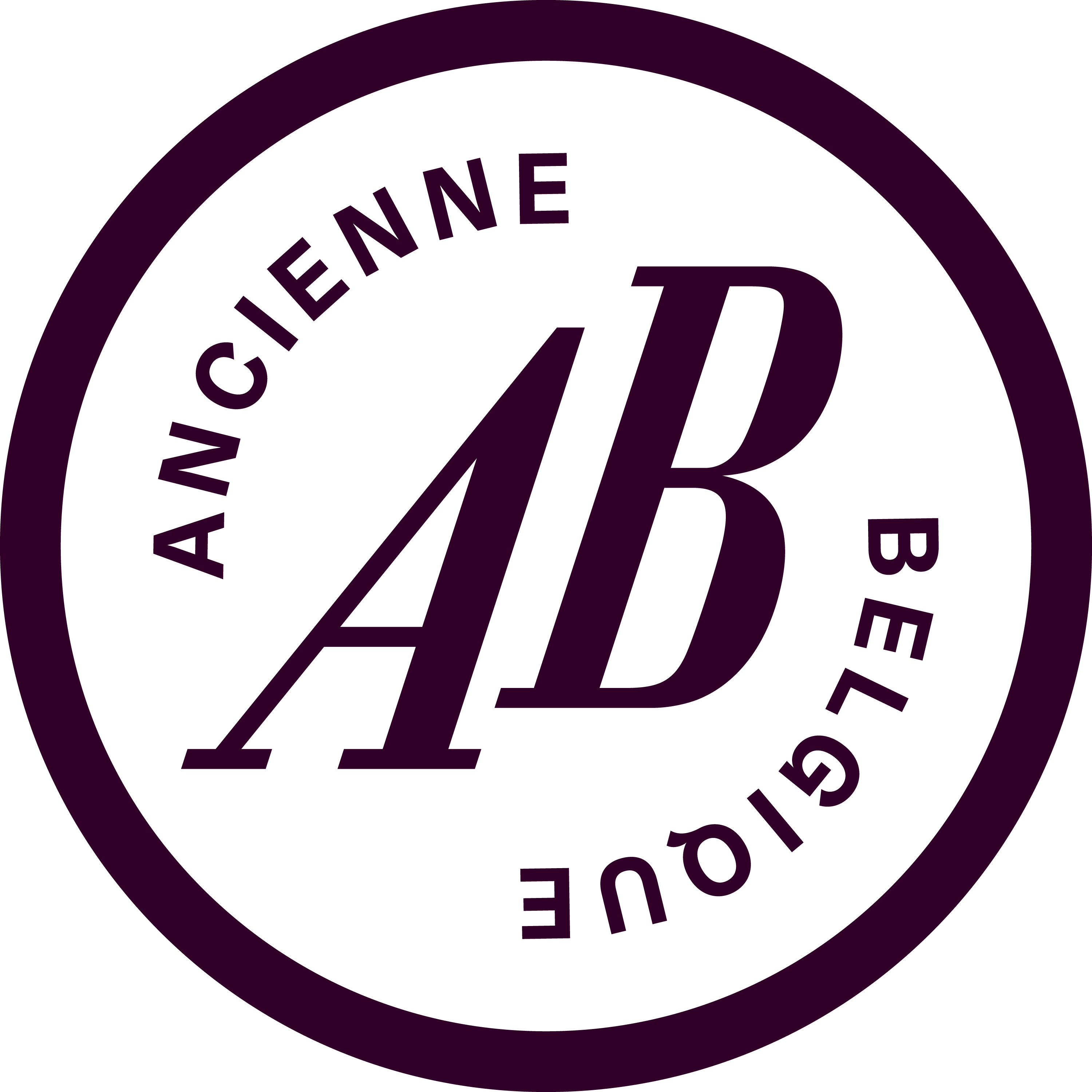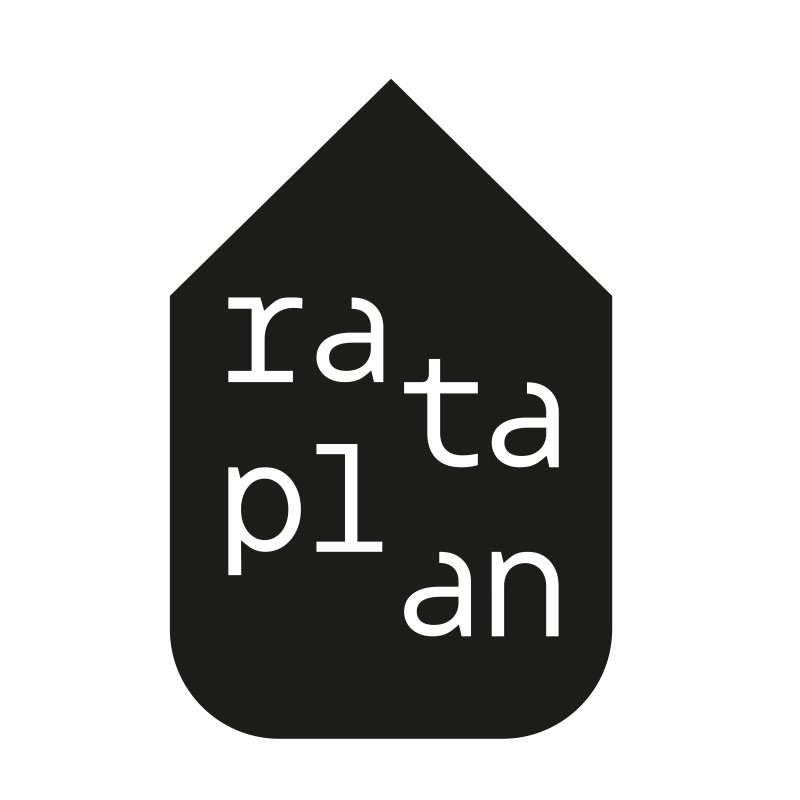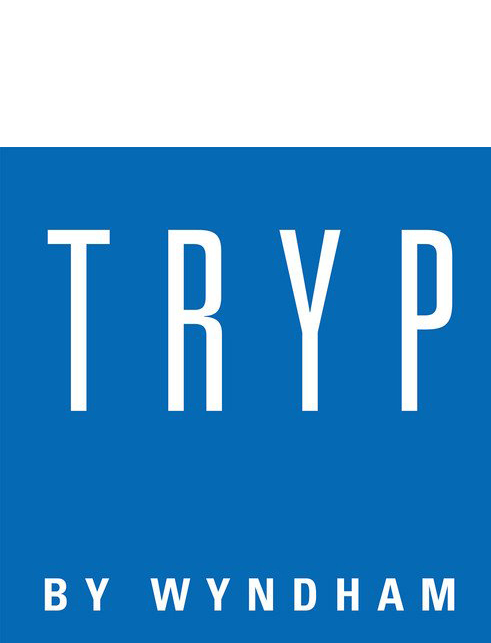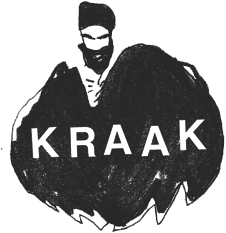HEAD to HEAD
Mary Jane Leach
‘Head to Head’ is a brand new series of interviews by Sound in Motion’s Joachim Ceulemans, talking in depth with artists appearing in the Oorstof concert series, the Visitations residencies, the Summer Bummer Festival or who have a release on the Dropa Disc label. These in depth interviews will be used to promote the upcoming events and releases and who knows maybe they will end up bundled and printed one day.
For the third interview in the series, Ceulemans talks to composer Mary Jane Leach, who will write and create a brand new composition for the organ at the MIRY concert hall on April 26th. The #Ruiskamer event in coöperation with Sound in Motion/Oorstof, MIRY and VierNulVier, also features harpists Marjolein Vernimmen and Jenna Vergeynst, who, with assistance by Roel Das on electronics, will perform Mike Svoboda’s ‘Echo Yes No’ and Benjamin Van Esser’s ‘Refraction’. More info and tickets can be found here.
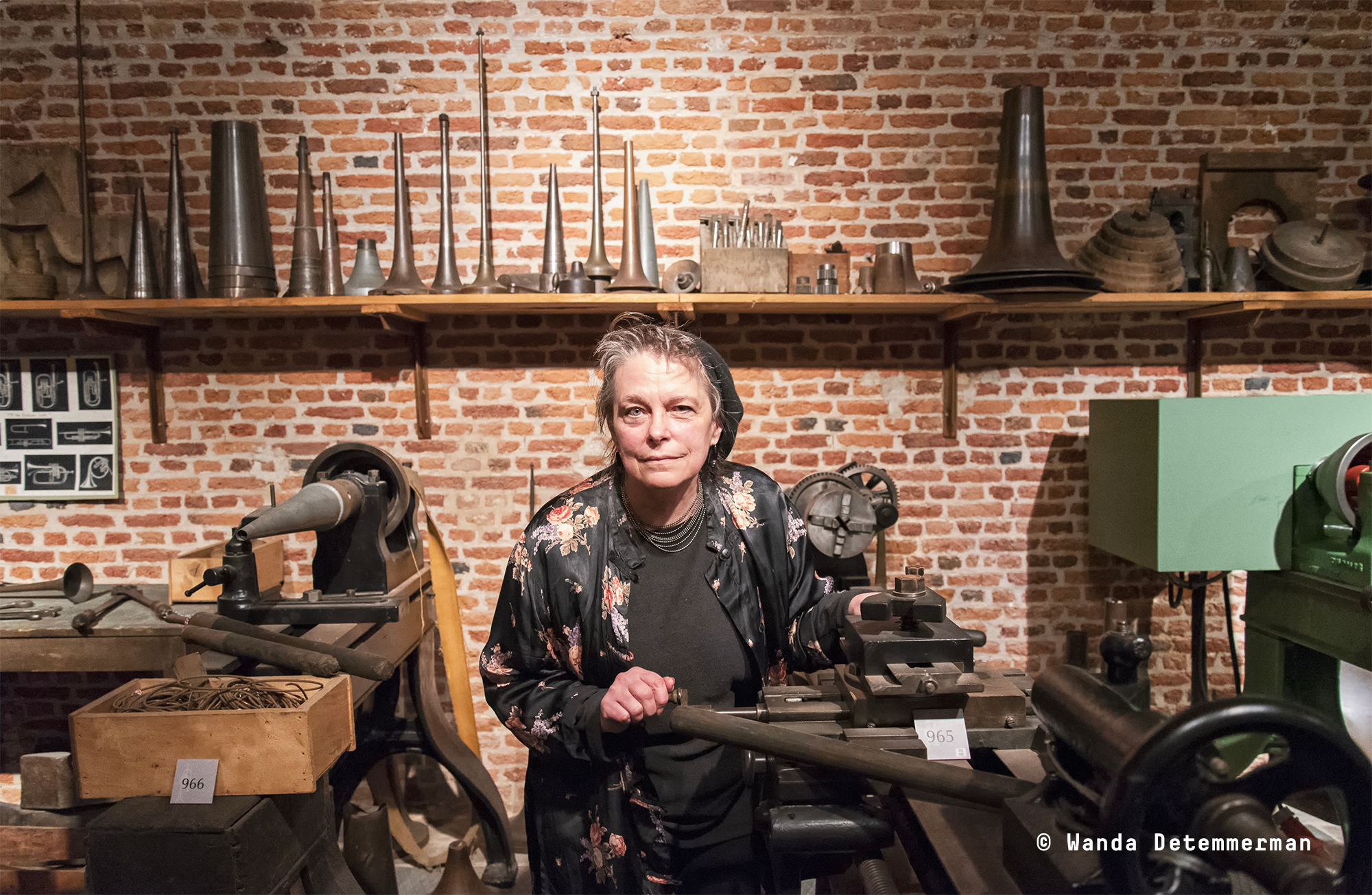
Leach is an American composer and performer that landed in the effervescent New York at the end of the Seventies together with kindred spirits and contemporaries like Julius Eastman, Arnold Dreyblatt (see Ruiskamer#5), Arthur Russell, Ellen Fullman, Peter Zummo and Philip Corner. The physical and acoustical qualities of sound and how they interact in a specific space are essential in her work. Her compositions have been performed internationally and recordings can be found on labels like Die Schachtel, XI Records, Lovely, New World and Editions Blume. A brand new release is planned on Shlom Sviri’s Modern Love label. She is the co-editor with Renée Levine Packer of Gay Guerrilla: ‘Julius Eastman and his Music’.
When I was first confronted with your music (it was a vocal work, so probably Ariadne’s Lament) I was struck by the early music vibe, although it clearly was contemporary music. Overlooking your list of works, there are lots of references to early music, like ‘Dowland’s Tears’, ‘Semper Dolan’s’, ‘Bach’s Set’, etc. What’s your affinity with early music?
Well, I started out in early music, somewhere in the early seventies. Even slightly before I started composing I worked in a Shakespeare Festival where we played music of Elizabethan composers, like John Dowland, for the Shakespeare plays. Dowland was actually my gateway composer. So I spent the summer doing this early music for a month. Early music wasn’t quite as well known as it is now and it was also done very differently. Back then is was like “hey, let’s buy four crumhorns and just play the piece.” The performance practice has changed so much since then. For instance, most of the vocal music was done with instruments because singers weren’t trained to do it. Everything was more vertical. Early music is horizontal and that’s the way I like to work as well. I’m not into chords (laughing)
Early music was often pushing the boundries and was even quite experimental, like Dufay’s mathematical inspired motets in the 15th century or the improvising during the Baroque era.
I feel that Western music lost its way after a while and got really hung up on chords, the chord progressions and all that. Renaissance composers were even doing graphic scores back then, like a score in the shape of a heart. They were doing some very interesting rhythmic things as well. When we were doing early music in the late seventies, we did this one piece where the person who headed it had studied with Paul Hindemith. The training for musicians Hindemith had developed gets pretty complicated after a few pages because he gets into complex rhythms, pitching and everything like that. So we did an exercise where half the class was playing 27/8 against the other half playing 29/8 or something like that and we managed to get it right once. So yeah, I think’s there’s a lot of similarities between early music and contemporary music.
You mentioned you also think horizontally in your music.
MJL: I’ve never written a piece using chords. I might use chords, but then it’s mostly accidental because things line up at a certain point and it becomes a chord… if that makes any sense. I did write one piece that was kind of tonal and that was because it was written for a college choir. A lot of my pieces are rather difficult to perform so I kind of simplified it a little bit with chords.
“Exploring the phenomena of difference, combination, and interference tones”, that’s how your music is usually described and it’s obviously typical of your work. How did you get interested in these sound phenomena?
Totally by accident!
You’re not the first, I can imagine.
Sometimes that’s the best way because if I you to impose something like that by taking a certain frequency and then add frequencies and then subtract them it never works out. The frequency that it is, isn’t what you think it should be, if you’re doing writing like that.
I used to be in a collective and we were always trying to form groups where we could play each other’s pieces but the instrumentation was usually kind of weird. The performance level was pretty bad. Because of all the weird instruments, like ancient flutes, it felt like we couldn’t play in tune with each other most of the time. I had played clarinet most of my life and then someone gave me a bass clarinet to play on. We were having such intonation problems with the group that I went home to record my voice on tape so it wouldn’t waver in pitch when I played an instrument against it. When I started playing my bass clarinet against my recorded voice and I got slightly out of tune I thought that I had broken my speakers. That’s how I discoverd interference patterns and I got really excited about that. I started to record more things on tape and then played them back. At that time I had a cassette deck where you could sort of multi-track, and then also, I had a little Sony tape recorder but you could change the pitch a little bit. One of the hazards of performing with tape early on was that every cassette deck ran in a different speed. Trying to correct the pitch, trying to play in tune with it, that’s how I got into it. I got very compulsive with it after a while, combing different units and artists, notating interference patterns and seeing what the effect would be.
It was a lot of work, by the way. When you do something like that you have to practice certain skills. It’s a pain the butt, but you’ll be happy for doing it in the end because it lays the foundation for everything else.
You’re talking about things like beats and combination tones. Those phenomena are regarded as undesirable by many but they can create some of the most fascinating musical experiences.
That’s why I think it’s really interesting. It reminds me of a recording of a clarinet piece of mine by Sam Dunscombe that I recently got. If I’m not mistaken, Sam is also the chief archivist for Horațiu Rădulescu’s archive. Rădulescu has written compositions for clarinet that I sometimes call cat clearing pieces, because cats always immediately run out of the room when you start playing something like that. She was talking to me about the tuning and just intonation, which many people find to be so wonderful these days. But I actually like the roughness of working with what we’ve got already because it’s much more sparkling and brilliant. The pure tuning is kind of wimpy. (laughing) Sam was saying that she was beginning to get the same opinion and that Rădulescu was beginning to come to that conclusion as well near the end.
I like working within a system and making unusual sounds using the traditional system instead of creating a whole new way of playing. See what you can come up with.
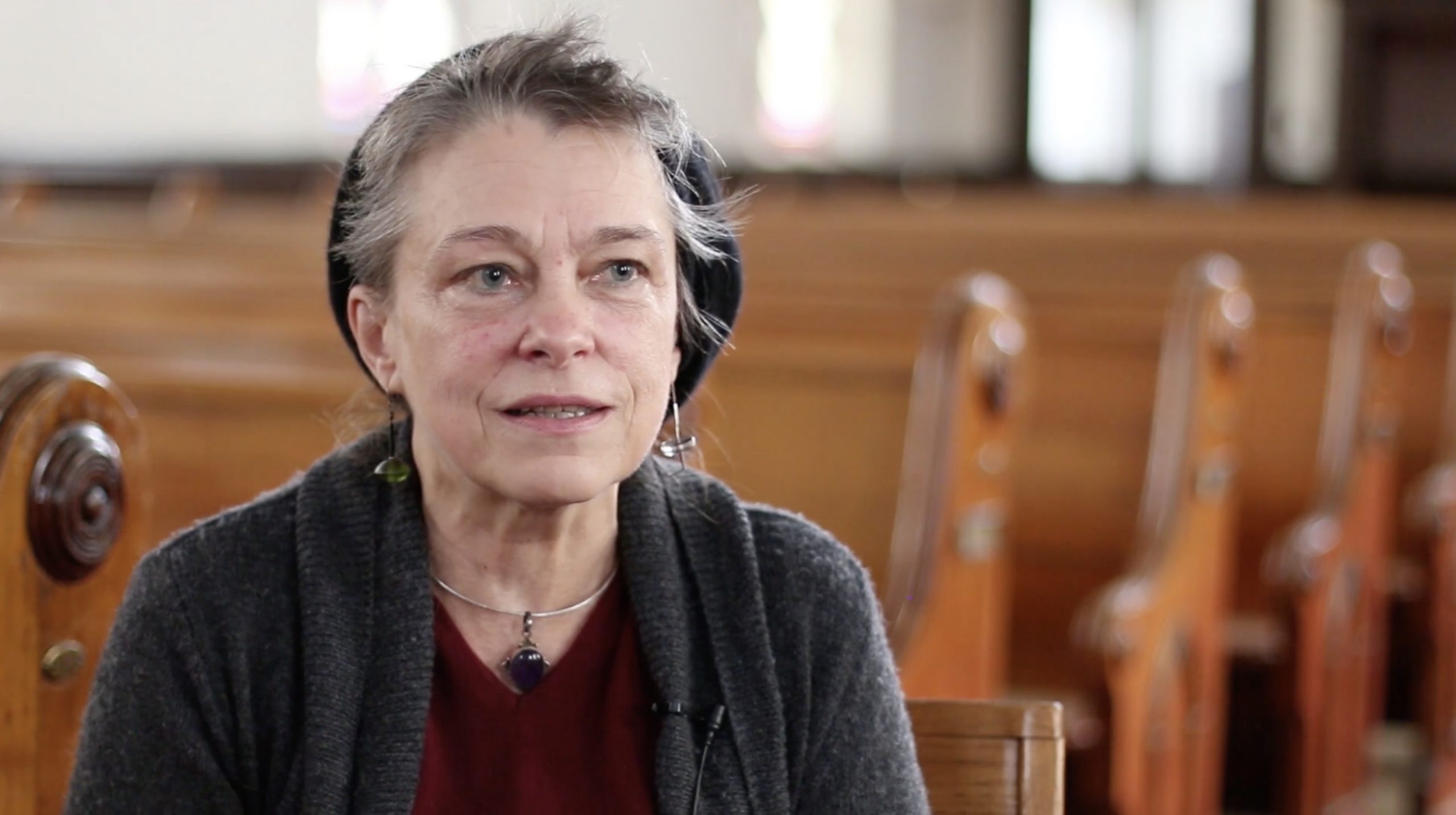
When you write music using those sound phenomena, you can’t just write that as a score because the notational system falls short for that. Some composers don’t use scores at all but work very intensively with the performers and together they work towards a result. Others leave it to the performers to fill in the gaps. How do you communicate your intentions with the performers?
It happens quite naturally. That’s the really great thing about it. It’s not like you’re asking them to play any differently than they normally do. It just happens. I do leave some leeway because sometimes it’s nice to be surprised by the performance, although it can be an unpleasant surprise as well. The trick is to not let the freedom make it, so that it’s not your piece anymore. It happened to me once and I learned my lesson. My piece for four bass clarinets ‘4BC’ was scheduled to be performed at this little festival and at the last minute, one of the performers couldn’t play. So we played a tape and asked the local clarinet player to just play the notes that he was hearing, reinforcing the fundamentals and stuff like that. Well, he interpreted that as doing like a whole bebop thing. It was awful, just awful.
I’d love to hear a recording of that!
I think there is a recording actually. There was also a reviewer who, off course, didn’t like the piece. There’s a real dilemma for contemporary composers when you have a bad performance. Do you get up and say that was shit, or do you just go like “oh thank you, thank you” and let everybody think that that’s what you wrote?
I also tend to think it’s a bad or boring piece when I don’t like the concert. It’s an automatic reaction, not a rational one.
Such fundamental misunderstandings happen often in the concert hall.
You’re a composer who writes music for the specific space where the work is performed. Do you have a special working method for that?
No. I just have to go in and see what’s happening. Or not happening. You have to take consideration of the room. I’ve had a bad experience with that once in Germany, when a vocal group was performing a piece of mine and they didn’t take into consideration the acoustics of the space. After about a minute, it was just one big mush and all of the dissonances disappeared. I always think of it as hang gliding, you know? Airplanes that don’t have motors and they have to catch the air current so it can carry them. That’s the way it works with the acoustics of a space as well.
Once I did a studio session which was a really bizarre experience. While recording my piece ‘Trio For Duo’ for alto flute and voice with Barbara Held in the studio of Bob Cummins (who founded the label India Navigation by the way) there was always a certain note in the piece that appeared to be the fundamental tone or resonance of the space. So every time we sang it it was like the room was full of jello. We were trying really hard not to get disoriented but it was extremely difficult. The weird thing is that it didn’t end up in the recording. Something like that, you can’t predict. It might also change when you move in a space. It makes things interesting off course. You realize it’s variable, it’s just one way of it being what it is and that’s reality. It’s like algebra versus calculus.
What do you mean?
Calculus allows for all the variations in the different parameters. With every variable that changes, the result is fundamentally different. Even the weather is a variable and affects things. When I was living in Cologne and the weather was bad I would play certain combinations of notes on the organ and they would group and just take off. It could take anywhere from five seconds to fifteen seconds for that to start happening. Part of it was getting rid of the attack. So that you got the pure sound.
Cologne is where you recorded your previous organ piece ‘Pipe Dreams‘, a beautiful medidative work released on Blume Editions a few years ago. But it was already recorded in 1989.
Yes, back then I was living in a tower attached to that church. One day I borrowed a friend’s really high quality cassette deck and waited until midnight when things got quieter. I went downstairs and put the tape recorder in the middle of the church because there were pipes on opposite sides of the church, turned the recorder on and ran up the steps to where the organ was. Because the sets of pipes were opposite of each other, I was playing with the sound, batting things back and forth, which the recorder picked up in the middle of the church. It was fun!
I don’t think the organ in MIRY has pipes on opposite sides, so in Ghent you’ll have to use a different approach.
Yeah, I hope I they give me enough time to figure out what the space is like. I’m not sure how long in advance I will be there, but usually with regular organ concerts the organist will show up a week in advance, because every organ is different.
‘Pipe Dreams’ is one of just a handful of Mary Jane Leach releases. It’s obvious that you are underrecorded.
Yeah I know, but I’ve got some recordings coming out. It’s a lot easier now to release music compared to 20 years ago. I think part of the problem was that I did so much vocal music and that was and still is never much in demand. A lot of people have problems with the voice. Also, it’s hard to find choral singers to perform challenging contemporary music and it’s expensive to hire a lot of them off course. So that’s my excuse! (laughing)
My next release will be coming out on Modern Love in the near future. When I was going through all my music and recordings I found a piece that I wrote in 1985 and it was only performed once. It was written for bass oboe, flute, clarinet and voice. The bass oboist got sick when the performance was coming up, so I adapted it to use French horn instead. It was a weird instrumentation and we didn’t get a good recording of it, so I just forgot about it. When I found it back I put it in Finale, the notation software, and I really liked it. Then I sent it to the flutist Manuel Zurria, who’s performed a lot of my work and he loved it too. He made a recording almost immediately. It will be on the new album. There are pieces on there for oboe, multiple oboes, multiple clarinets and multiple bassoon, so there’s like a unity to it. Actually, Manuel made another recording of the same piece, only using some Tibetan bowls to accompany him, which doesn’t really change the piece, but it’s a nice touch. That is coming out on the Ants label of Giovanni Antognozzi soon.
The organ concert in Ghent will be recorded as well. Recording has become standard during the Sound In Motion shows.
Yes, it’s great thing to have! The shows in Antwerp a few years ago were also recorded.
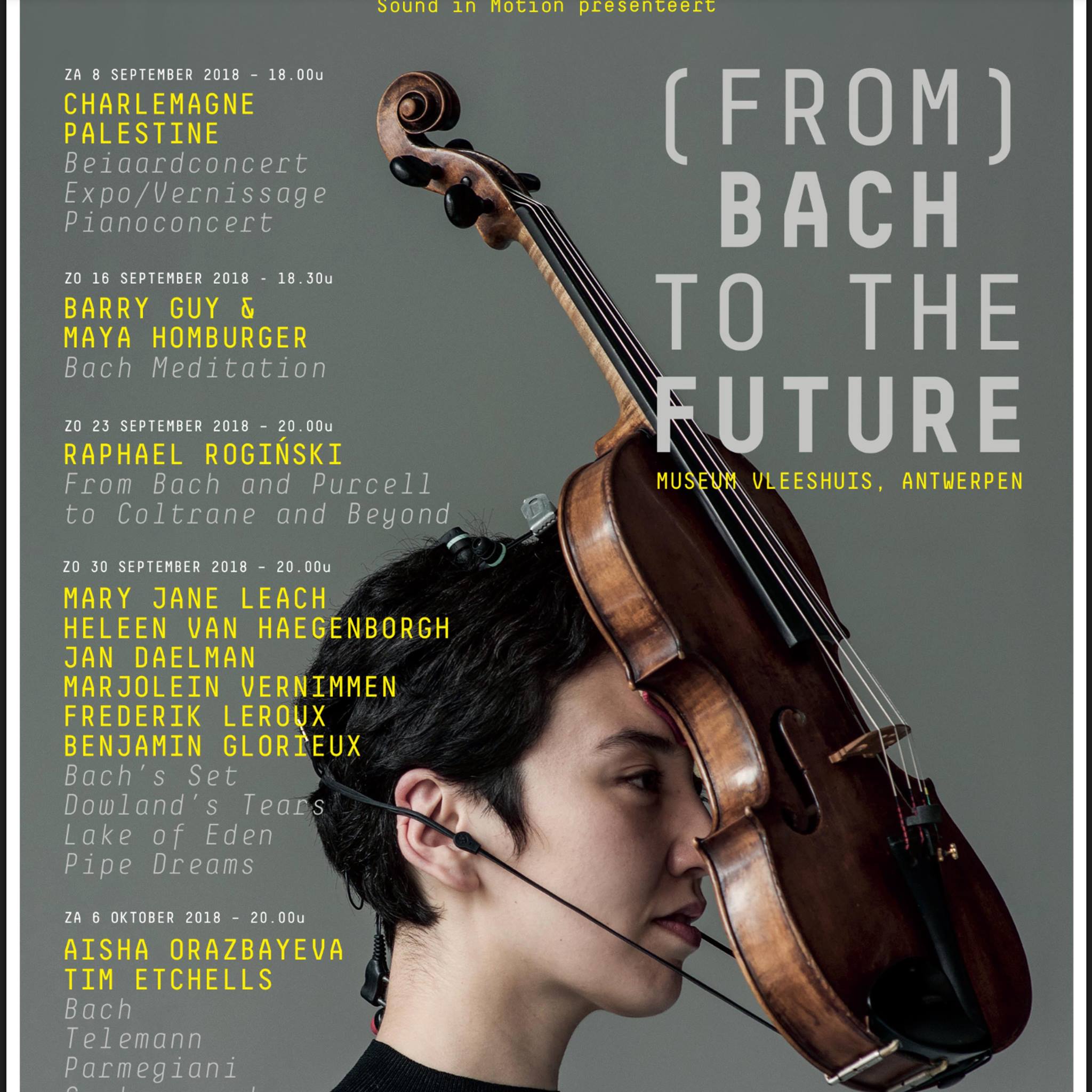
Indeed they were. What do you remember of that evening? (In 2018, Sound In Motion hosted an evening of music by Mary Jane Leach at the historic Museum Vleeshuis in Antwerp).
I remember there were quite a few people there and a lot of old friends. The performers played ‘Bach’s Set’, ‘Lake Eden’ and ‘Dowland’s Tears’, which was relatively new at that point.
When I listen to your music for multiple flutes, I often get the impression of an organ playing. I’m curious to know if your approach to composing for multiple flutes is somehow similar as writing for organ.
No, it’s just accidental. The funny thing is I only realized it when I heard the music played at a concert. In certain sections it really sounded like an organ is playing, especially in a space with a good resonance.
Like a church for instance? I read somewhere that you live in an old church in New York.
Well I did, but not anymore. The place was starting to fall apart.
Did you have an organ there?
Yes, but it wasn’t very interesting. For the music I write, I need two keyboards at least. I got to have two instruments playing at the same time, working with or against each other.
You’ve worked in Ghent a few times already, haven’t you?
I’ve had a lot of performances at Logos. The only concert hall in Ghent I performed in was at the old Logos. I remember that room being pretty dead! I did a piece creating sound phenomena and I felt like the vocal chords were coming out of my mouth, haha! I said to Godfried-Willem Raes “gosh, it’s really dead in here, I could hardly get anything to happen.” And he replied “Yes, I know, I designed it that way.” (laughing)

